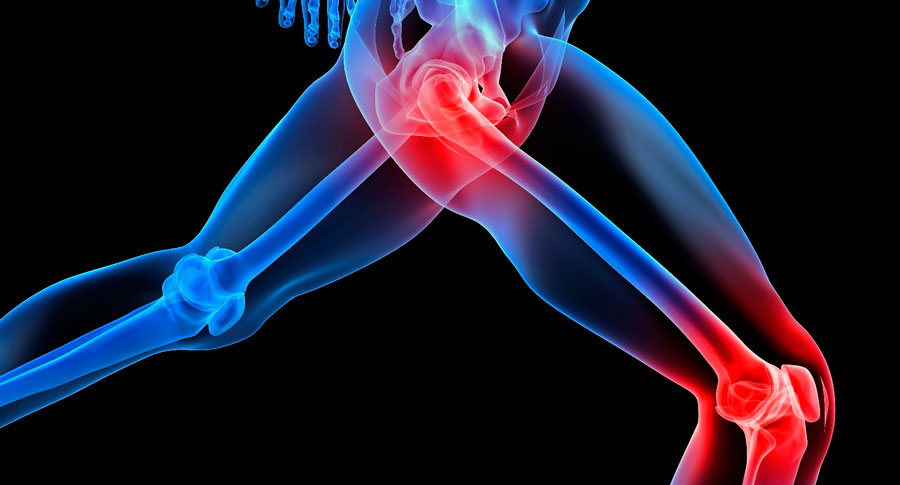Photo by Icons8 Team on Unsplash
In a recent study, scientists found that “night owls” may face increased health risks as compared to early risers, including a higher risk of diabetes and reduced muscle mass – regardless of other lifestyle choices.
The study, published in The Journal of Clinical Endocrinology and Metabolism, surveyed a group of adults to find out whether they fit the profile of a morning chronotype or an evening chronotype – to put it simply, an early bird or a night owl. These two chronotypes determine individual “circadian preference in behavioral and biological rhythm” related to the cycle of dark and light, or night and day.
In their research, the team used individual chronotypes as a basis to find out if a relationship exists between chronotype and metabolic disorders. After they established whether the subjects fit the morning or evening chronotype, the team performed further testing to learn morning habits and alertness, usual bed time, and preferred sleeping situations.
Sleep vitamins can be an extremely helpful tool for anyone who is not getting a full, restful night’s sleep on a regular basis.
The results showed that evening types were overall more likely to have diabetes and sarcopenia, a condition in which the body gradually loses muscle mass. Some other trends in the results were:
- Men who fit the evening chronotype were more likely have diabetes or sarcopenia
- Women night owls tended to have more abdominal fat and a greater risk of metabolic syndrome compared with early risers
- Evening chronotypes tended to be younger
- Evening chronotypes had higher body fat and blood triglyceride levels than morning chronotypes
So according to the study, getting to bed at a reasonable hour could have more health benefits than most of us think. If you’re naturally a night owl, it may be hard to change your habits, but it’s possible – try adding an extra workout during the day so you’re extra tired, or relaxing with meditation before bed.
Your Natural Sleep Routine by Dr. Millie Lytle ND, CNS. – click here!
Follow this checklist to help turn your nights into dreams:
- Turn off cell phones, computers and the television at least an hour before bed
- Go to bed at a regular time each night. The best time is at least 1-2 hours prior to midnight.
- Engage in gentle activities such as: calm conversation, listening to soothing music or meditation tracks, light stretching, having a bath, drinking herbal teas, reading a novel, cuddling or other intimate contact, or petting an animal.
Once into bed, only do sleep-time activities. At this time, using essential oils such as lavender applied to the bottoms of feet and dropping on pillow is enjoyable and soothing. If counting sheep are not enough to blank your mind, then try an exercise-based relaxation technique called progressive-relaxation, which involves clenching each muscle group of the body as hard as possible, then enjoy the relaxation. Progressive relaxation clears the mind and relaxes the body.
Source: Medical News Today





